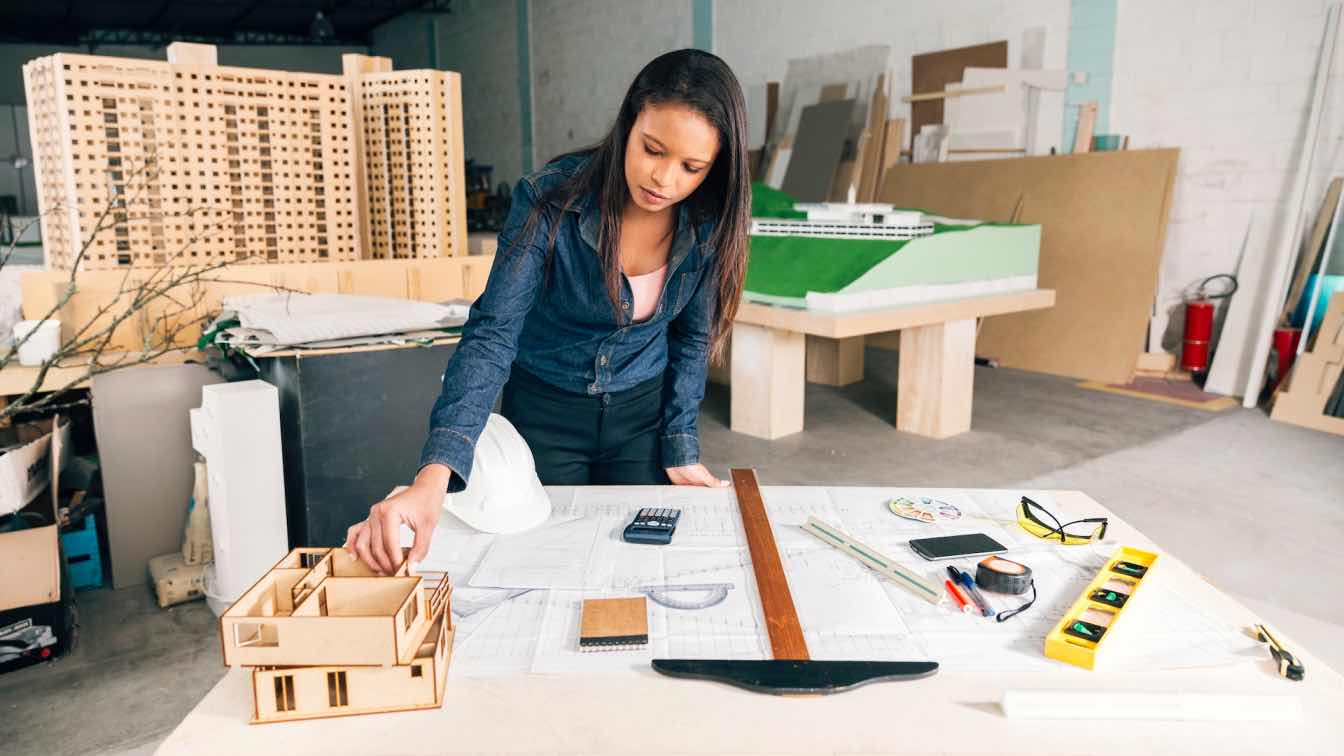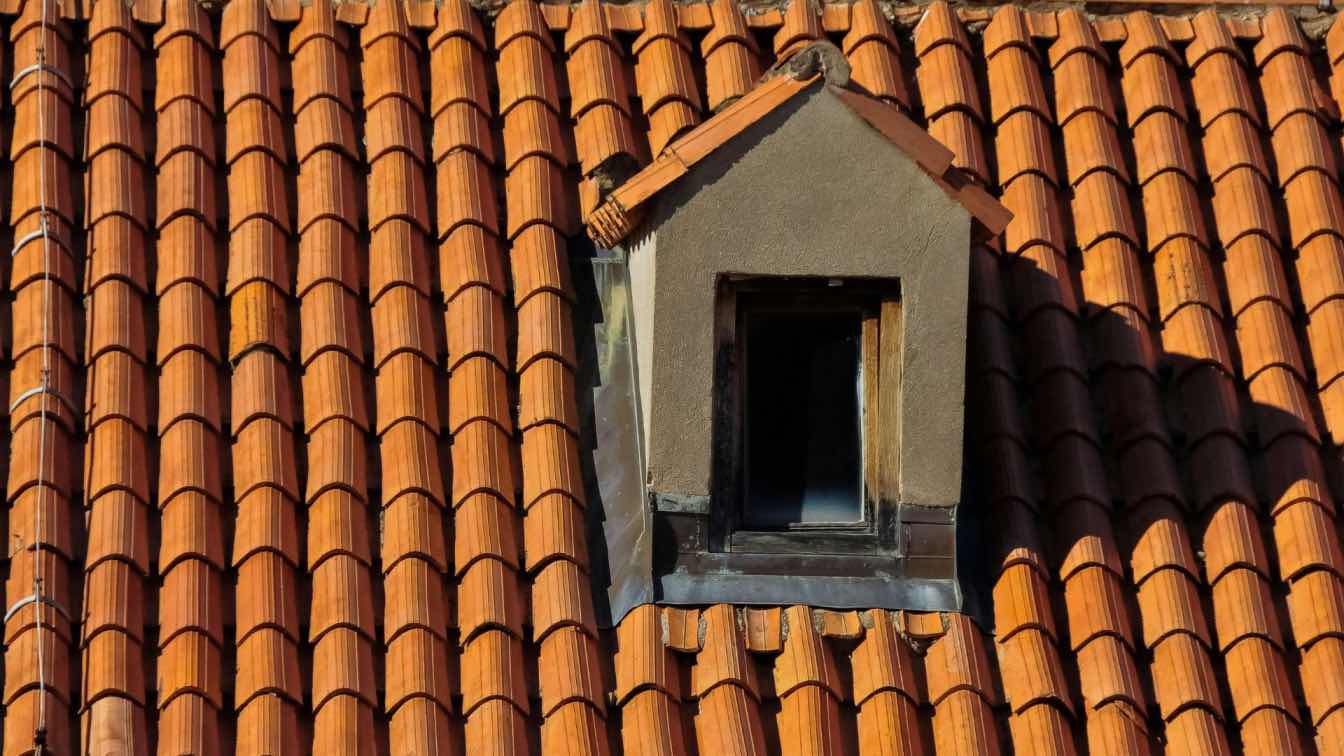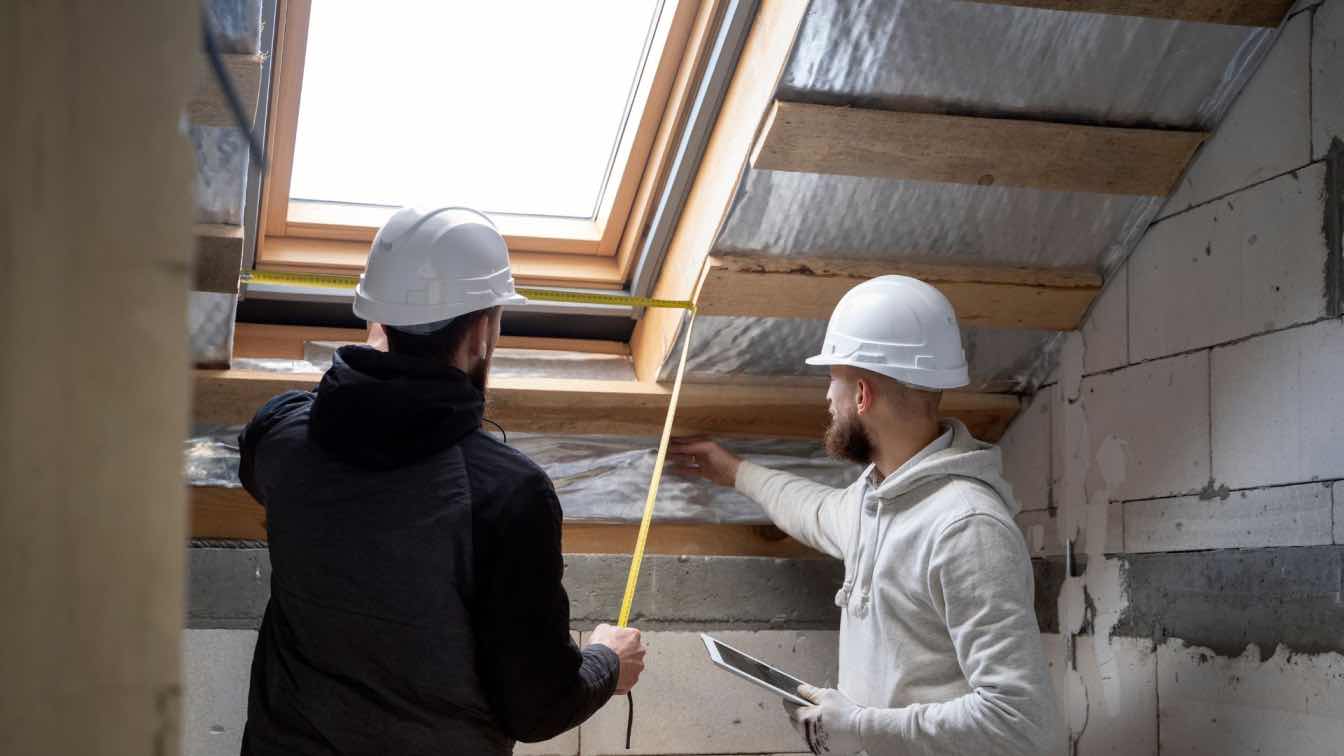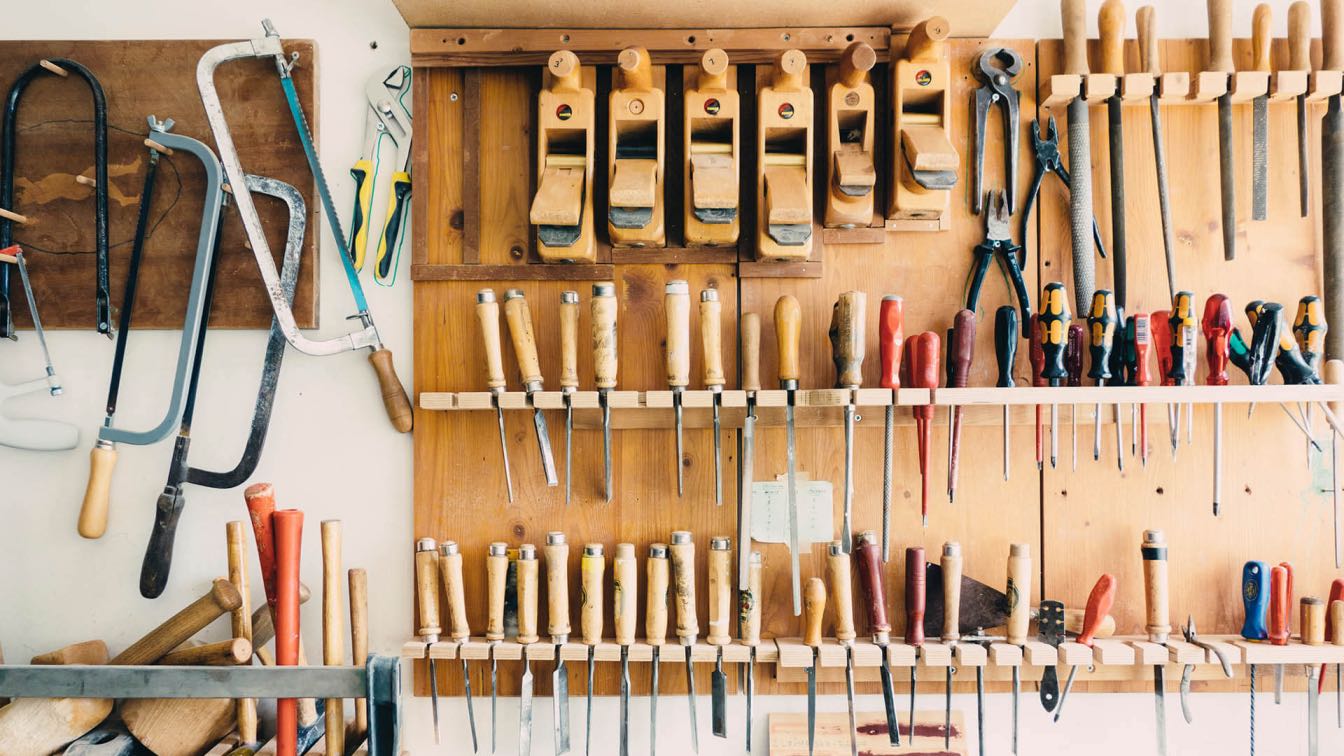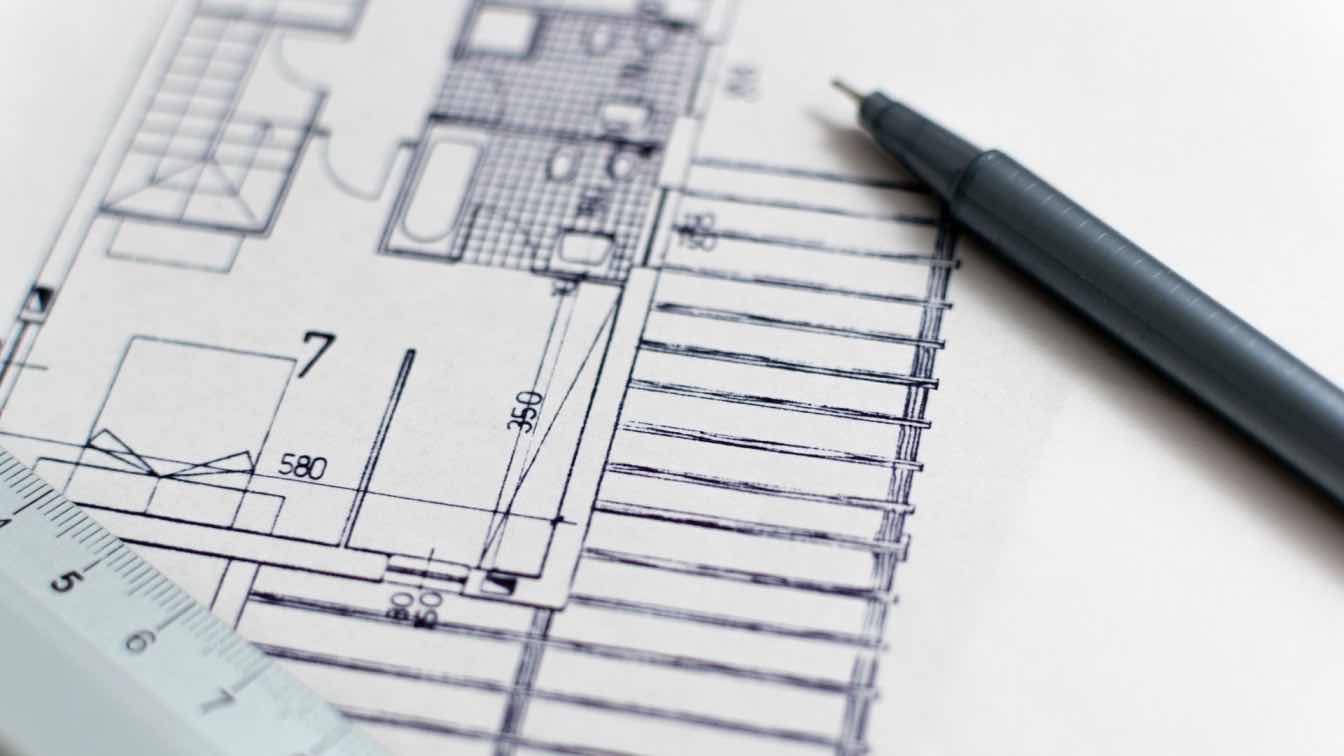When designing a new home, plumbing often takes a back seat to aesthetics and layout. However, a well-thought-out plumbing system is crucial for ensuring functionality, efficiency, and long-term comfort. Poor planning can lead to inconvenient layouts, expensive retrofits, or constant maintenance issues. Therefore, integrating plumbing considerations into the early stages of your home's design is key. Here are some essential aspects to consider when designing your home's plumbing system.
Location of Water Supply and Drainage Systems
One of the primary factors to address is the proximity of your home to the local water supply and sewage or septic system. If you are building in a rural area, you might need a well and a septic system, which require specific placement and dimensions. Access to municipal water and sewer lines must be confirmed for urban or suburban homes. The location of these systems can influence the layout of your home's plumbing network. For example, placing your kitchen, bathrooms, and laundry areas closer together can minimize the distance water must travel, reducing energy and material costs.
Efficient Layout of Plumbing Fixtures
The placement of plumbing fixtures—sinks, toilets, showers, and bathtubs—should be planned with efficiency in mind. Grouping bathrooms and kitchens near one another, or stacking them on different floors, reduces the need for extensive piping. This layout minimizes the potential for pressure drops and heat loss in hot water systems, making your home more energy-efficient. It also helps lower installation costs by reducing the length of pipe runs and the need for multiple drainage stacks. It is important to always consult with a professional Hobart plumber when it comes to plumbing a new home.
Water Heater Placement
Water heater placement is another critical aspect of plumbing design. Ideally, the water heater should be positioned as close as possible to high-demand areas, such as bathrooms and the kitchen. This reduces the time it takes for hot water to reach the faucets, improving efficiency and comfort. Depending on your budget and preferences, you might choose between traditional tank water heaters, which require significant space, or tankless water heaters, which are more compact but may require electrical or gas upgrades.
Consider Water Pressure and Flow Rates
Understanding your area's water pressure and flow rate is essential to ensure that your home's plumbing system functions optimally. Too much pressure can strain pipes, fixtures, and appliances, while too little pressure can result in weak showers and inefficient filling of sinks and bathtubs. Installing a pressure regulator in homes with high water pressure can help prolong the plumbing system's life. Choosing fixtures and appliances designed to work within your home's water pressure parameters is also important.
Wastewater and Ventilation Systems
A well-designed plumbing system is more than just pipes bringing water in; it also includes efficient wastewater disposal. Drainage pipes should be properly sized and sloped to ensure water and waste move effectively out of your home. Furthermore, plumbing ventilation is essential to allow air to enter the pipes, preventing suction that can disrupt water flow and potentially damage the plumbing system. Proper venting also helps avoid unpleasant odors and ensures that waste moves efficiently through the system.
Eco-Friendly and Water-Saving Solutions
As sustainability becomes a priority, many homeowners are opting for eco-friendly plumbing solutions. Low-flow fixtures, dual-flush toilets, and energy-efficient appliances can reduce water consumption significantly. Additionally, rainwater harvesting systems and greywater recycling systems allow homes to reuse water for non-potable uses such as irrigation and toilet flushing. Planning for these systems early in the design phase ensures they are seamlessly integrated into your home's layout.
Accessibility and Future-Proofing
Plumbing systems should be designed not only for current needs but also with future-proofing in mind. This includes considering the aging-in-place concept, where homes are designed to be accessible for people of all ages and physical abilities. Features such as walk-in showers, elevated toilets, and lever-style faucets can be planned from the start. Additionally, ensuring that plumbing is accessible for future repairs or upgrades, such as by providing access panels or properly locating shut-off valves, can save time and money down the road.
To Sum Up
Plumbing is an essential component of home design that significantly impacts the space's livability and efficiency. Proper planning during the design phase helps avoid common problems such as low water pressure, inefficient layouts, or expensive repairs. You can create a home with a highly functional, efficient, and long-lasting plumbing system by considering factors such as water supply location, fixture placement, water pressure, drainage systems, and sustainability features.

